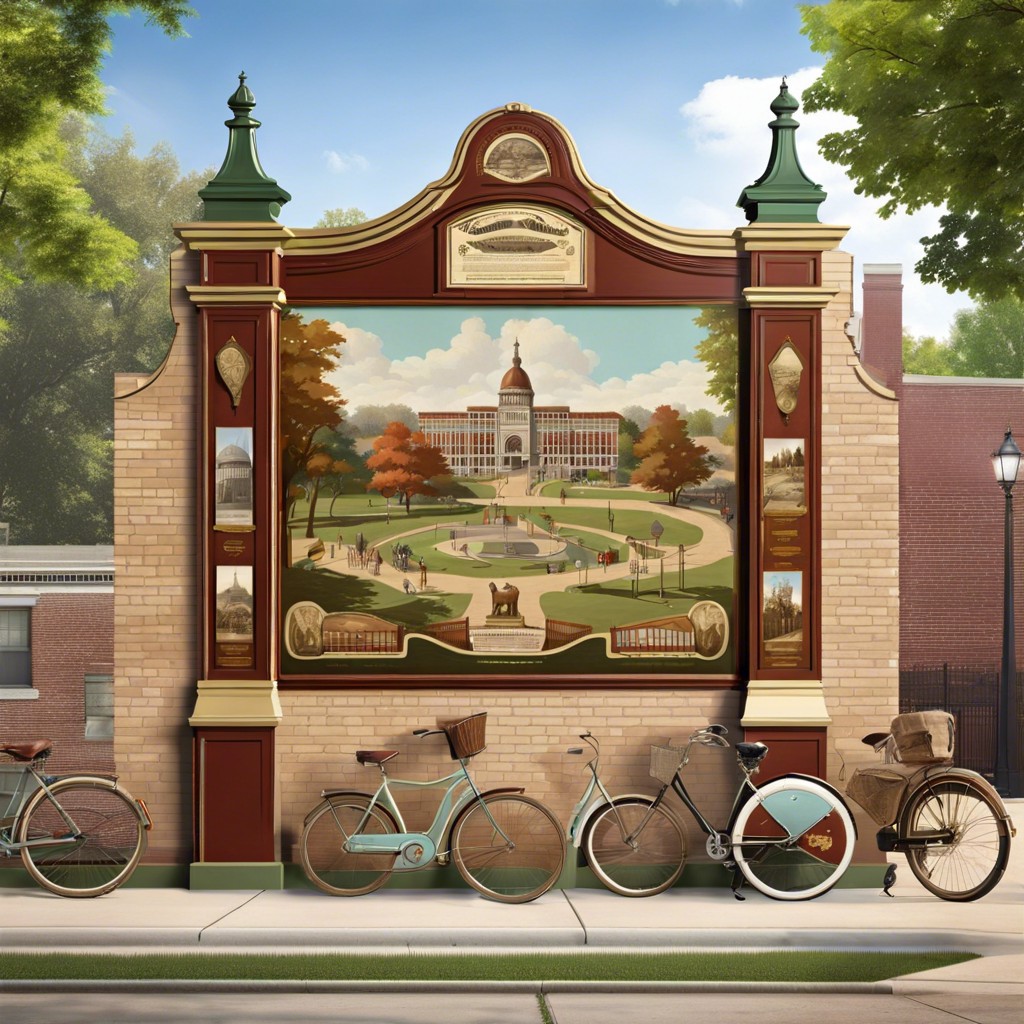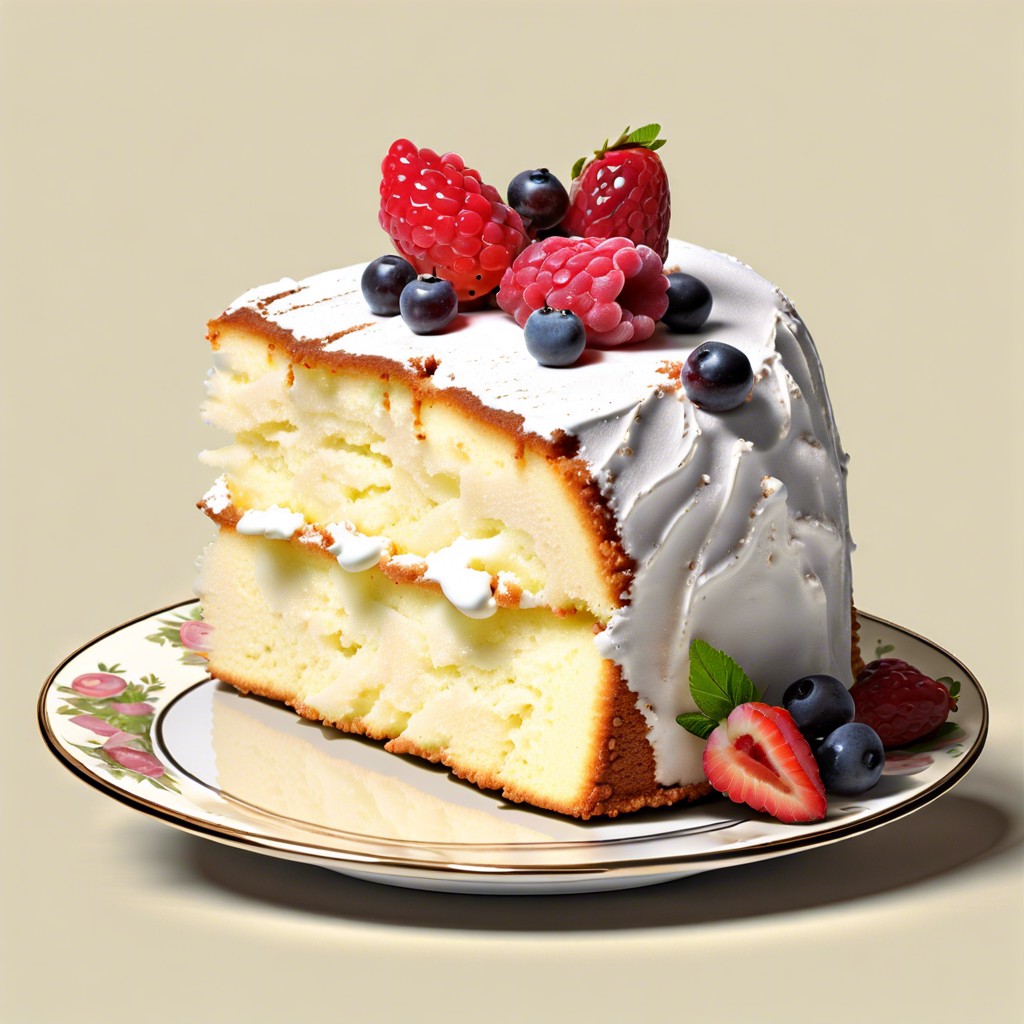Last updated on
Discover what criteria classify an item as vintage and how this classification affects both value and appeal.
Key takeaways:
- Vintage refers to items that are between 20 and 99 years old.
- Cultural context affects an item’s vintage status.
- Vintage items showcase the style and quality of their production period.
- Antiques are at least 100 years old, while vintage items are between 20 and 99 years old.
- Check labels, materials, styles, consult experts, and use your senses to identify genuine vintage items.
Definition of Vintage

Vintage refers to items that are not yet old enough to be classified as antiques but have enough age to be of interest to collectors and enthusiasts. Generally, these items are at least 20 years old but less than 100 years old. For example, a dress from the early 2000s could now be considered vintage.
The term is often used to describe pieces from a specific period that showcase a certain style or quality representative of that time. This label is especially popular in fashion, where designs from previous decades gain a new audience, and in technology, where older gadgets reemerge as nostalgic collector’s items.
Understand that the broader cultural context can also influence an item’s vintage status, including its representation in media, its production techniques, and its impact on design trends during its era of origin.
Timeframe for Vintage Items
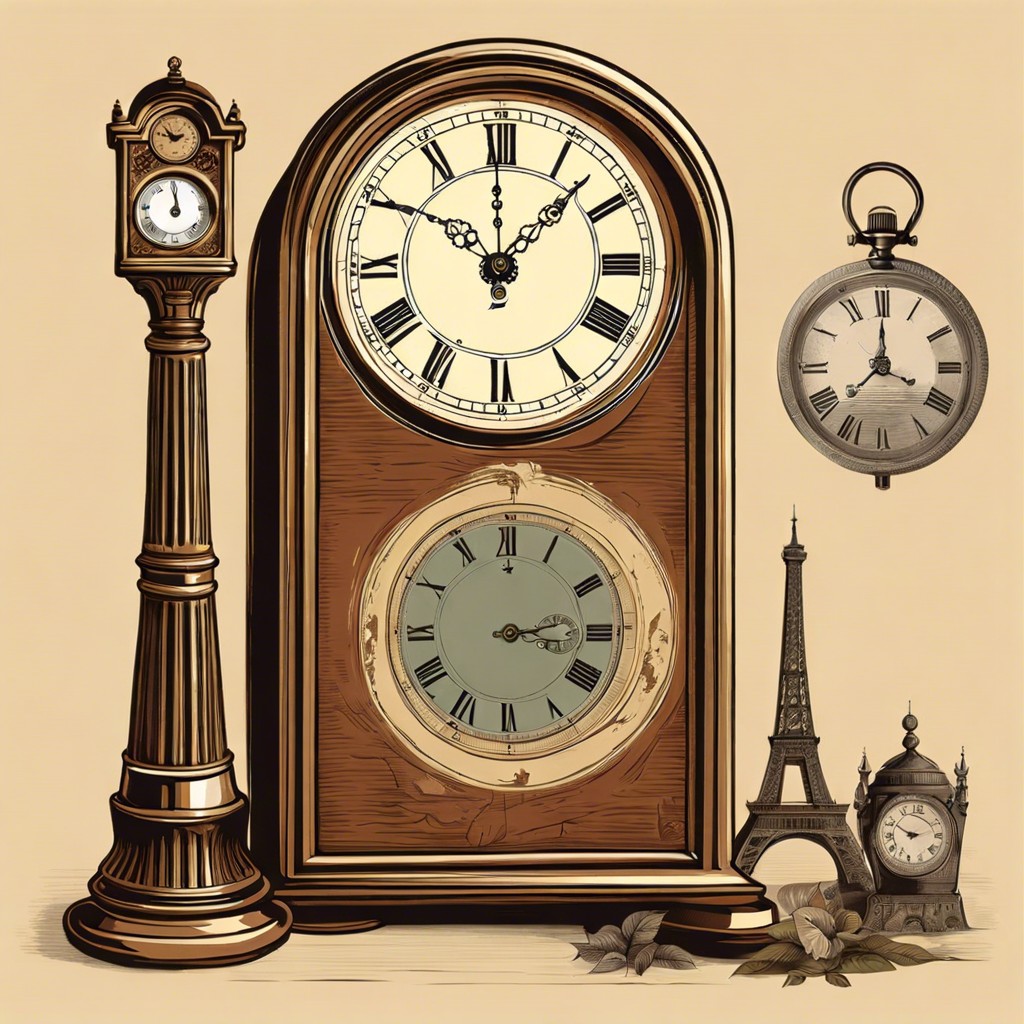
The typical age range for vintage items spans from 20 to 99 years old. This classification allows enthusiasts to distinguish these from antiques, which must be at least 100 years old. Basically, if something was made after the year 1923, but before the early 2000s, it generally qualifies as vintage.
This timeframe ensures that the items showcase a certain style and quality characteristic of their production period. For example, a 1950s soda fountain bar or a 1970s vinyl record player both fall into the vintage category because they reflect the technological and design sensibilities of their respective eras. This period-specific identity is key to an item’s vintage status.
What Is the Difference Between Vintage and Antique?
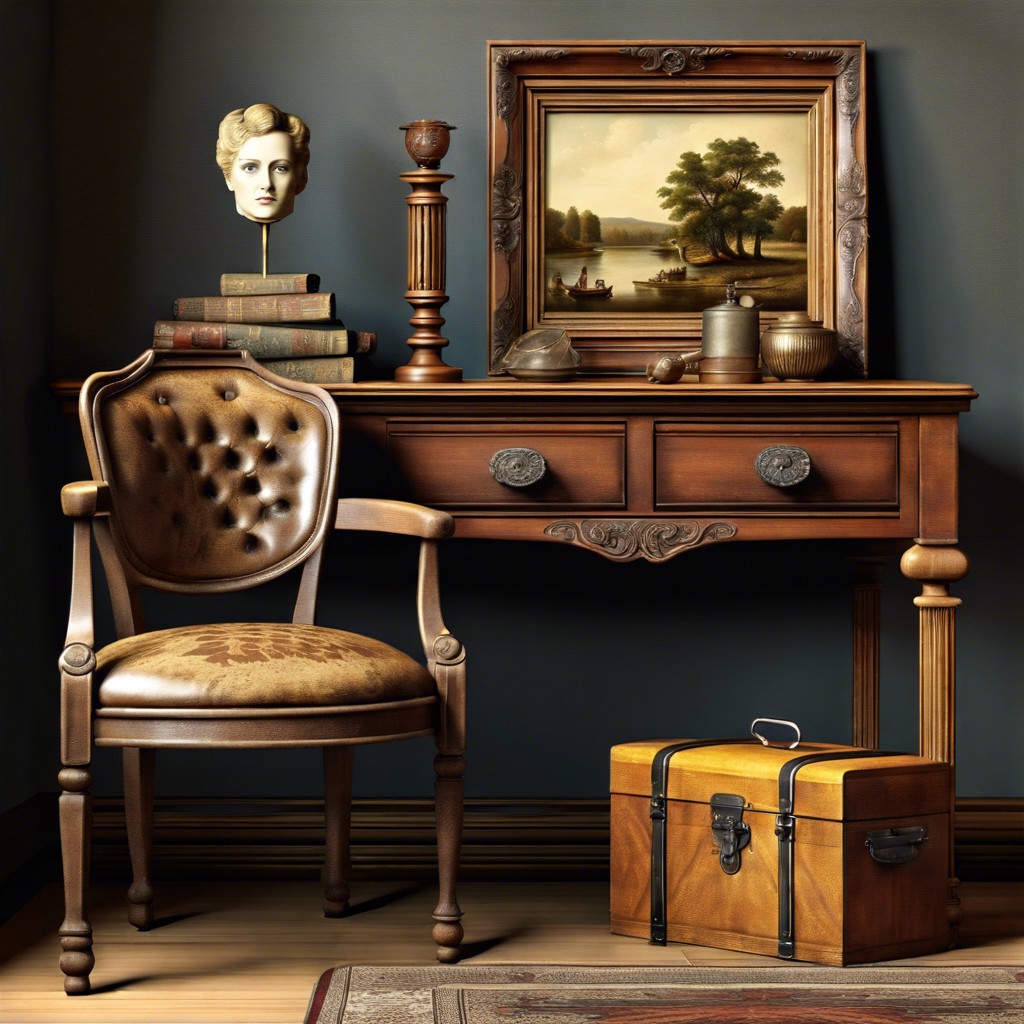
Antiques are typically defined as items that are at least 100 years old, aligning with historical significance and rarity, while vintage goods are generally between 20 and 99 years old, capturing the essence of the era in which they were made. This distinction is crucial for collectors and enthusiasts as it affects the market value and collectibility of items.
The assessment of an object’s category—antique or vintage—revolves around its production date. For instance, an armchair from the 1920s is vintage, but a Victorian era necklace from the 1890s is classified as an antique.
Understanding these classifications can significantly aid in either starting a collection or exploring existing collects. Awareness of these definitions also helps in accurately valuing items, whether for purchase or sale.
How to Identify Genuine Vintage Items
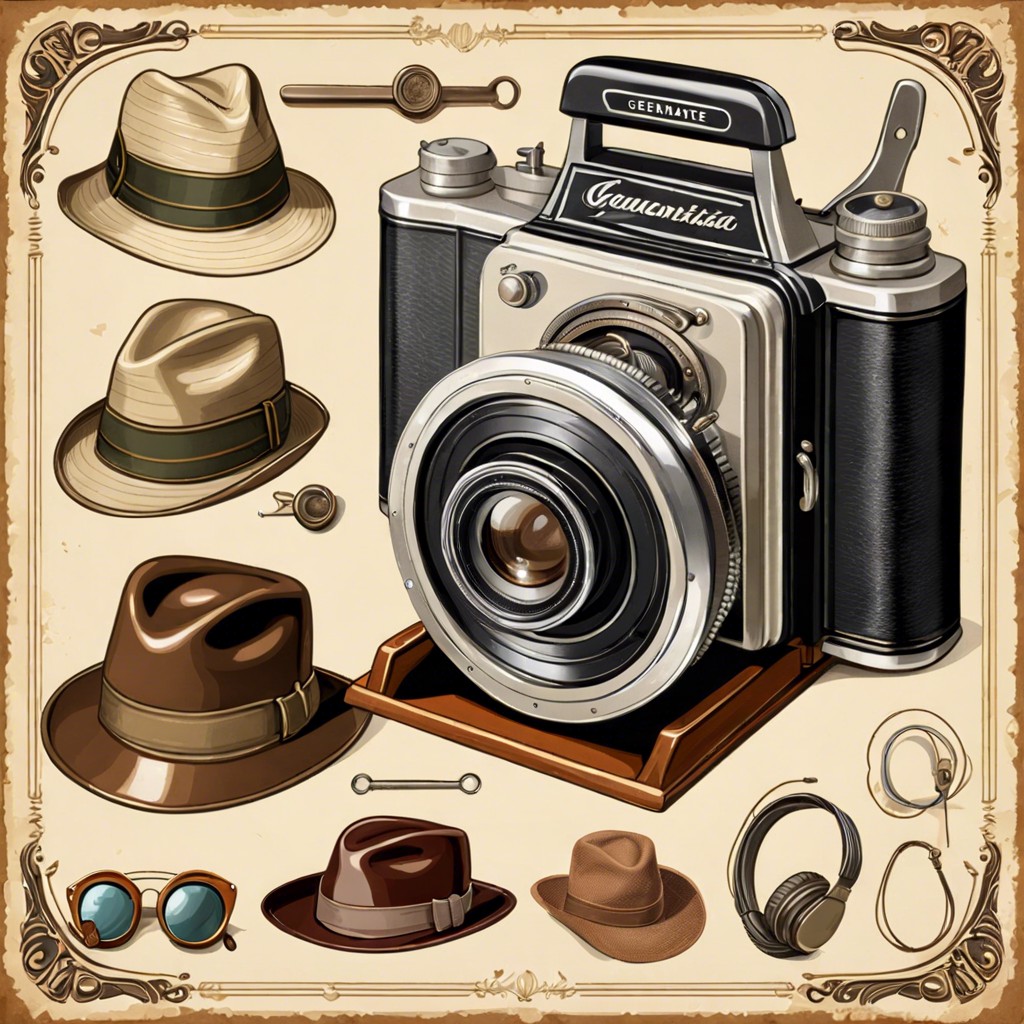
Start by checking the labels and markings. Older pieces often showcase the maker’s mark, date stamps, or a patent number, which can be researched to verify authenticity.
Examine the materials and construction. Vintage items were generally made before mass production techniques became prevalent, so look for signs of handcrafting or the usage of now-obsolete materials.
Research the style features. Styles and designs evolved through specific periods. Familiarize yourself with design trends from different eras, as this can serve as a key identifier.
Consult experts or use reference books and online resources devoted to vintage items. They provide valuable insights and comparisons that aid in verification.
Use all your senses. Sometimes the smell, texture, or general patina of an item can give clues about its age and authenticity. Vintage items carry with them the scent and feel of past times, often absent in newer reproductions.
The Appeal of Vintage Items
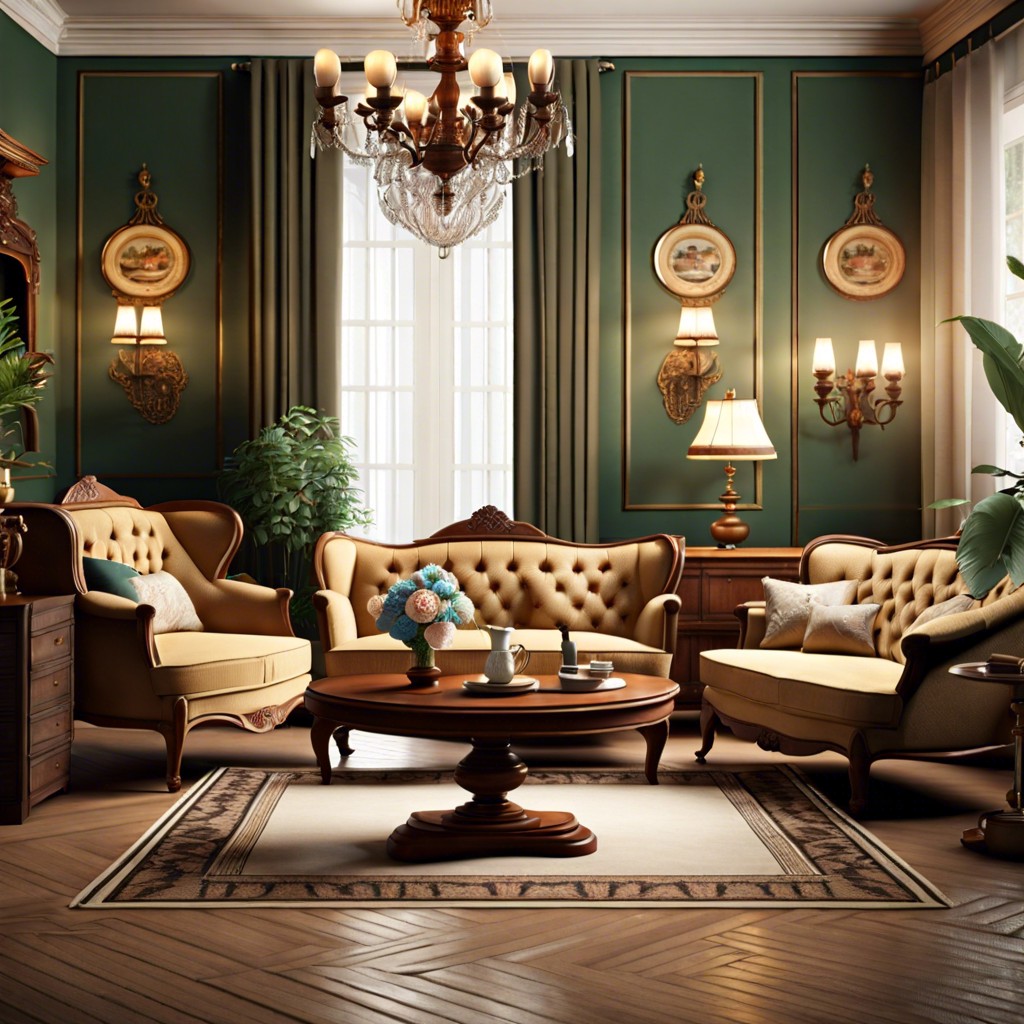
Vintage items carry a charm that transcends mere age. They often serve as snapshots of different eras, giving a tangible touchpoint to history. The craftsmanship found in many vintage items is hard to find in today’s mass-produced market, making each piece notably distinct.
Additionally, collecting vintage can be likened to treasure hunting, where each discovery adds a unique story to one’s collection. This nostalgic element appeals to those looking to connect with the past in a personal and meaningful way.
Moreover, owning vintage is also seen as a style statement. It allows individuals to express themselves through rare and timeless pieces that stand out from contemporary trends, thus asserting a sense of individuality and taste.
Lastly, vintage items are often more sustainable. Investing in them promotes reuse and reduces the demand for new resources, appealing to environmentally conscious consumers.
